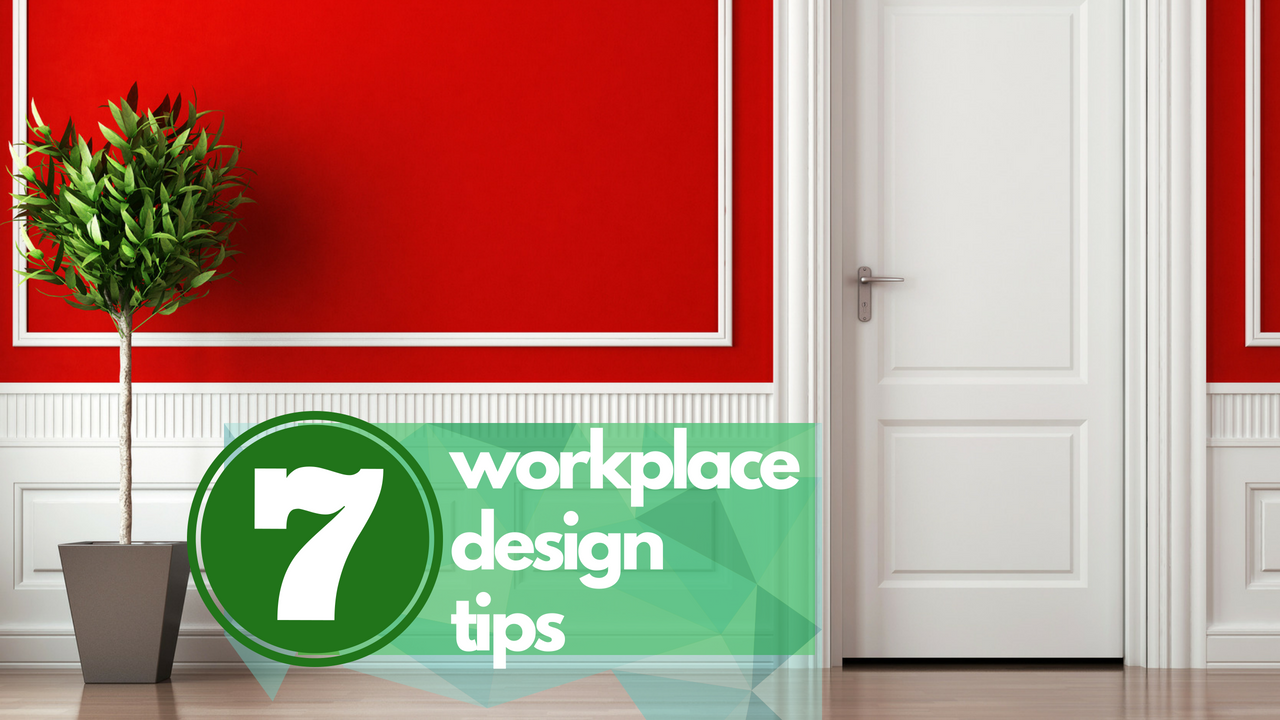- Even with today’s advances with technology, today’s workplace must remain human-centric
- We explore 7 basic design strategies that can enhance the workplace experience
- These design elements aim to create a comfortable environment that can enhance worker performance
Today’s workplace talk tends to be centered around incorporating technology without compromising human interaction. And though it’s tempting to jump at the opportunity to add the coolest tech to your workplace, this doesn’t necessarily mean that the space will be all the better for it.
Global Head of Corporate Research at JLL, Dr Marie Puybaraud, explains it the following way:
“Advances in AI and connected technologies are unlocking huge potential for employees and businesses all over the world, improving productivity and efficiency. However, as these advances continue to open doors, employers cannot forget that workplaces must first and foremost still cater to the people who work in them.”
This doesn’t mean that technology can’t help improve the workplace environment. It can. However, there are other, more basic strategies that need to be in place in order for technology to later enhance the built space.
These strategies, or workplace design elements if you will, aim to improve performance by creating a comfortable and inspiring workplace environment.
7 Design Elements to Take into Consideration
1. Temperature
Temperature wars are quite a common phenomenon in any work environment. To find the ideal workplace temperature, you need to take into consideration humidity levels. Think of it the following way, it’s a hot Summer’s day and humidity is high. Your body is likely sweating more than usual. Contrary, if it’s a hot Summer’s day but humidity is low, you won’t be sweating as much. High humidity makes the air feel warmer while low humidity makes it feel cooler.
The ideal workplace temperature then, should be calculated the following way:
| Conditions | Relative Humidity | Acceptable Operating Temperature |
| Summer (Light clothing) | If 30% then If 60% then |
24.5 – 28 °C or 76 – 82 F 23 – 25.5 °C or 74 -78 F |
| Winter (Warm clothing) | If 30% then If 60% then |
20.5 – 25.5 °C or 69 – 78 F 20 – 24 °C or 68 – 75 F |
Source: Canadian Centre for Occupational Health and Safety – Adapted from ASHRAE 55-2010.
2. Natural Light and Nature
Studies have shown that exposure to natural light in the workplace can improve productivity by as much as 20%. Similarly, research has also shown that access to nature and scenic views can help reduce physiological stress responses. More importantly, however, is the fact that light helps regulate our circadian rhythm–physical, mental, and behavioral changes that follow a daily cycle, which respond primarily to light and darkness.
Providing access to natural light and scenic views can help improve productivity, reduce stress, and positively impact a person’s sense of wellbeing.
3. Color
Different colors create different psychological responses. According to experts, “certain colors can positively contribute to happiness, productivity, and even physical health in a workplace.” Color plays a vital role in the built environment and when used correctly, it can greatly improve a person’s experience at work. Check out this infographic on the best colors for innovation, creativity, and focus.
4. Noise
Noise is one of the biggest challenges associated with workplace design, especially in open-plan spaces. In fact, many have argued that the death of the open plan office is mostly due to the fact that people can’t concentrate in them due to high noise levels. Construction materials, furniture materials, and other design elements greatly impact the amount of noise that a person can perceive in an indoor environment.
Noise control can be addressed by using sound-absorbing panels, plants, carpets, and other soft materials that prevent noise from bouncing from one place to another.
Suggested reading:
Here’s what it Really Takes to Combat Noise in the Workplace: Tips from 3 Interior Design Experts
Plants in the Office: Beyond Well-Being
The Workplace Design Element that can Drive or Hinder Productivity
5. Ergonomics
A workplace that is truly human-focused needs to have ergonomic furniture. No matter how beautifully designed a space is, if the chairs aren’t comfortable or if the desk to chair height is off, people won’t be comfortable and productivity levels will drop.
6. Air Quality
The Fitwell Certification and the WELL Building Standard–created to promote wellness in indoor environments–list quality of air as one of the key concepts and strategies needed to create a healthy workplace environment. This means looking at your HVAC System, making sure it’s working properly and that its maintenance is on schedule. Low quality air in the workplace can lead to respiratory problems, as well as increased levels of sickness and absenteeism, and lower productivity.
7. Choice
Today’s professionals have various needs and responsibilities. Sometimes they need to work on creative tasks and at other times they need to take care of tasks that require a lot of focus. A well-designed space will be able to cater to all of these different needs: providing different work settings within one greater environment to serve the purposes of collaboration, concentration, and socialization.


 Dr. Gleb Tsipursky – The Office Whisperer
Dr. Gleb Tsipursky – The Office Whisperer Nirit Cohen – WorkFutures
Nirit Cohen – WorkFutures Angela Howard – Culture Expert
Angela Howard – Culture Expert Drew Jones – Design & Innovation
Drew Jones – Design & Innovation Jonathan Price – CRE & Flex Expert
Jonathan Price – CRE & Flex Expert













